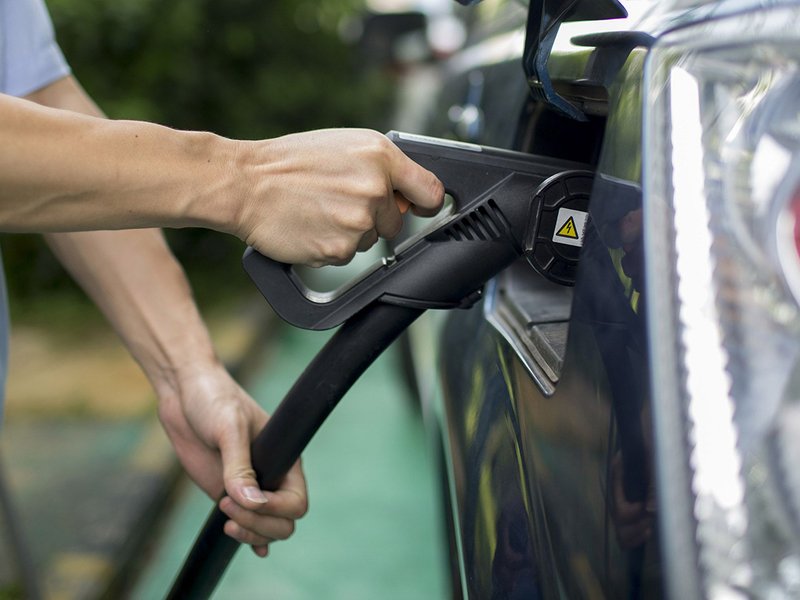
The armada of battery electric vehicles starting to fill up dealerhip showrooms won’t make a significant impact on sales of internal combustion engine vehicles until 2025, an expert told a panel at SAE International’s WCX Digital Summit.
“If we define the tipping point to be the time when we see ICE vehicles go down and that [decline] be taken up by EV, in 2025 is when that transition will start to happen globally and in the U.S. EV sales will remain relatively flat until that time,” said Kiran Govindswamy, vice president of drivetrain, vehicle engineering and NVH at FEV North America, said Wednesday.
While electric motors, power electronics and other EV-specific technologies are ready for mass production, the price of EVs will have to be commensurate with internal combustion engine vehicles and consumers will need to be confident in their ability to charge the vehicle away from home, several panelists said, before EVs start threatening the gasoline engine’s reign that’s more than a century long.
That could take a few years.
FEV’s internal data projects that EVs will not be cost competitive with ICE vehicles until about 2028, when EV batteries’ cost reaches $100 per kilowatt hour, down from about $137 today.
That timeframe is not something General Motors is comfortable with. The company is investing $27 billion to bring more than 30 EVs to market by 2025, some with as much as 450 miles of stated range.
“For the women and men of General Motors, that’s our mission. We’re looking to make that happen as absolutely fast as possible,” said Dan Nicholson, GM’s vice president of electrification, controls, software and electronics.
“We are trying to make electric vehicles so compelling that customers can’t possibly do anything else but buy them,” Nicholson said. He cited the GMC Hummer EV Edition 1, which sold out in about 10 minutes. The vehicle is slated to arrive this fall as a 2022 model. Citing GM research, Nicholson said 71 percent of GM’s customers said they are open to having an EV for their next vehicle.

